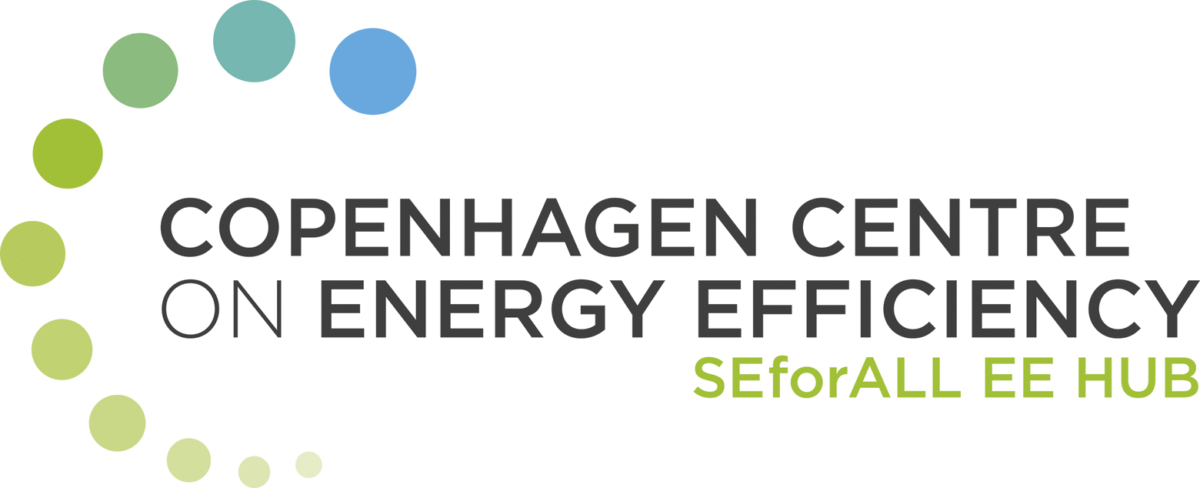The weight of evidence is increasingly difficult to ignore: energy efficiency has played, and continues to play, a sizeable role in the development of the global economy. The avoided energy demand from the long-term improvement in the energy efficiency of energy-using stock is larger than the total final consumption of any one fuel. In an age of increasing energy prices, and greater shares of income spent on energy, energy efficiency is a critical response. In seeking to understand the market dynamics that are achieving energy efficiency improvements, the International Energy Agency (IEA) recognises that energy efficiency is increasingly becoming a commodity for all types of energy consumers and producers. Building on last year’s inaugural report, the IEA Energy Efficiency Market Report 2014 goes further in evaluating the global energy efficiency market to understand the role of energy efficiency in shaping the energy system. We estimate that the market is very large, between USD 310 billion and USD 360 billion in 2011, and is expected to grow. We introduce six methods to evaluate the size of the market, which all confirm the magnitude of the market estimated in the Energy Efficiency Market Report 2013 at USD 300 billion. In addition to estimating the size of the market, this report uses the IEA energy efficiency indicators database to systematically track, evaluate and report on energy efficiency developments between jurisdictions and over time, with the aim of helping policy makers to evaluate progress and market actors to identify opportunities. This year’s report builds on the indicators used last year to show progress on energy efficiency for all major energy-consuming sectors. It also adopts a new methodology to decompose the role of efficiency on energy demand for 18 IEA member countries that have comparable data. The results are compelling: efficiency has had an important role in moderating energy demand over the past decade. Also new this year, the report evaluates developments in financial markets, where energy efficiency is establishing itself as an important segment with an increasing array of products and financiers. Efficiency is a priority area of interest for development and green banks. Commercial banks act as multipliers of public finance, and are also the largest lenders on their own account. The financial sector is starting to perform an aggregation and securitisation role, and energy service companies are delivering energy efficiency using a range of new business models. The barriers to energy efficiency finance were being lowered almost in real time during the production of this report. Transparency and reporting will be important for investor confidence, and policy makers can support energy efficiency finance by encouraging the development of appropriate standards and principles.
The report also looks at the transport sector, where market investment is being driven by stricter fuel economy standards for passenger vehicles, and more recently for freight. This is being complemented by investment in other modes, such as urban rail transport, with the resulting modal shift generating important changes in the efficiency of the transport sector. We have long known that energy efficiency has been an important but mostly invisible component of the energy system. As the global energy system undergoes continued and significant change, from the economic development of huge emerging markets to the imperative of decarbonising global energy supply, energy efficiency will continue to be a key lever. This report is a further contribution to a better understanding of its current position in the energy system, and what its role can be in the future.
Link to resourceShare this
Sectors: ESCO, Finance
Country / Region: Global
Tags: corporate reporting, drives, energy consumers, energy efficiency, energy services, energy supply, international development, International Energy Agency, rail transport, securitisation, stakeholdersKnowledge Object: Publication / Report
Published by: IEA
Publishing year: 2014
